From Horse-Drawn Carts to High-Tech Haulers: The Evolution of the Trucking Industry in Australia
The evolution of Australia's trucking industry, from horse-drawn carts to AI-driven vehicles, reflects its critical role in the economy, facing modern challenges with technological innovation and evolving regulations.
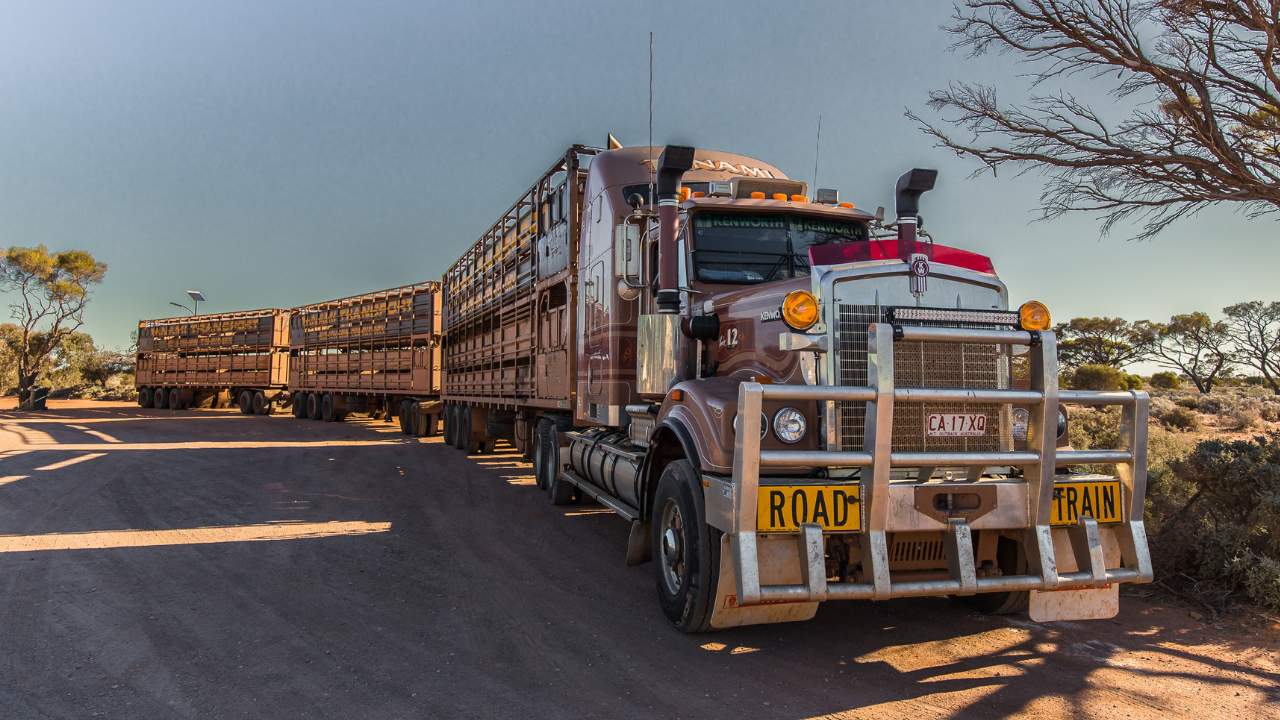
Key Insights
From horse-drawn carts to modern trucks, this article explores the evolution of Australia's trucking industry. It covers key historical milestones, current scenarios faced by the industry like rising costs and compliance, and the impact of technology and new regulations on its future growth.
The evolution of the trucking industry in Australia
It is no secret that modern day transportation globally would be nothing without its humble ancestor: the horse drawn cart. The same is true in Australia, where they were the backbone of the pre-industrial logistics industry. Reliable but with certain limitations when it came to the total cargo weight they could transport. Post industrialisation, the first steam-driven trucks were introduced at the Yudnamutana copper mines in South Australia, the increased weight capacity being a major differentiator between the machine and animal powered solution.
When the first internal-combustion engine was used at the turn of the 20th century, however, heavy vehicle manufacturing changed forever. The first AC Mack truck, known for its heavy cargo capacity and durability, was imported into Sydney in 1919. Shortly after, key automotive industry players like MAN and Benz, began developing vehicles that run on petrol. The capabilities of heavy duty trucks were originally overshadowed by the railway system that bore the brunt of freight transportation and was backed by government tax incentives and favourable legislation.
It was only during the 1940s that the value of the Australian trucking industry emerged as trucks were increasingly used to cover the short fall left by overloaded trains during World War 2. Towns and cities did not need to rely on railway infrastructure to do business in another region: they only needed roads, trucks and a driver to make the journey.
Early days of Australian trucking
Despite much success during the War, there were several challenges that truckers and emerging trucking companies had to face. Poor road infrastructure, especially in more rural locations, would add to transportation time. While businesses in remote areas were turning to trucking for transportation, the technological limitations at the time and increased taxes on the trucking industry meant growth was slow.
The formation of the Long Distance Transport Association made up of larger trucking companies and owner-drivers in the 1950s pushed for an end to taxes being used to protect trains and rail freight. This laid the foundation for industry growth and the modern-day reliance on road freight. In 2015 to 2016, Australia’s road freight task was just over 214 billion tonnes, according to data from Deloitte. Some of these initial pioneering companies can still be seen on the road today, like Lindsay’s Transport, Frasers, GTS and Toll.
Technological advancements
By the 1970s, companies like OshKosh, Volvo, and Ford officially entered the Australian market and technological innovation saw new milestones. The Turbocharger engine was introduced that gave trucks 370.hp engines and optimised fuel efficiency. Since then, we’ve seen even more technological developments like cold chain logistics and refrigerated trucking helping transport food intrastate.
The Electronic Work Diary (EWD) has emerged as a digital alternative to a written work diary. It is an ideal tool to help consolidate, manage work logs and authorisation forms, while also providing an integrated fatigue management diary solution that is entirely paperless.
GPS technology and telematics software also make it easier for fleet managers and drivers to ensure that truck routes are planned with efficiency and driver safety in mind. An example is how telematics solutions like the Geotab GO device allows fleet managers to access engine and vehicle diagnostics remotely, which helps quickly identify faults and prioritise repairs. The software tracks how many hours a vehicle has been used, idling, fuel use, service records, warranty conditions and the general life cycle of the vehicle. It can help schedule preventative maintenance checks and keep an eye on engine diagnostics like coolant temperature and battery voltage for optimal functioning.
Strategising for the future of trucking
Today, 60% of truck drivers work in the road freight industry, note the Australian Logistics Council. Even though the trucking industry in Australia has grown considerably since the 1910s, some challenges to growth remain. Rising fuel prices, infrastructure and supply chain issues mean that companies have to deal with increased operating costs and disruption in the delivery of goods, reducing efficiency and competitiveness. Increased awareness around the impact of driver fatigue among long-haul truckers, rising compliance needs and staying up to date with changing regulations are also major issues that are shaping the future of trucking in Australia.
However, gone are the days when trucking was overlooked in favour of rail freight – new regulations are attempting to tackle these obstacles. In the recent 2025 budget, the Australian government plans on spending $17.1 billion to upgrade infrastructure over the next ten years. Queensland will receive $7.2 billion to upgrade the Bruce Highway, while $2.3 billion will go to upgrades in the Western Sydney region, including $ 465 million in New South Wales to address major choke points.
Modernisation challenges and opportunities
In 2024, the National Heavy Vehicle Regulator (NHVR) announced the Safe Freight Vehicle reforms. The reforms will increase width limits for trucks fitted with modern safety technologies to enhance safety and efficiency and encourage companies to invest in safer and more advanced vehicles. The National Vehicle Efficiency Standard (NVES) will come into effect in July 2025, placing carbon emissions limits on vehicle fleets in an attempt to cut down on the environmental impact of the industry.
Artificial Intelligence (AI) is undoubtedly a hot area of development with AI-powered driver support software providing lane-keeping assistance, enhanced emergency brake systems and collision detection to reduce the risk of accidents. Predictive maintenance, fuel and engine efficiency monitoring and real- time route optimisation can also be programmed to increase efficiency and ensure compliance with strict delivery timelines.
The future of road freight in Australia is a challenge for business and policy makers as it is projected to grow 77% between 2020 and 2050 with more trucks, drivers, and distances travelled, according to government data. With rail, sea and air freight facing limitations, optimising road freight will be crucial in supporting economic growth and require innovation and strategic planning to ensure this vital infrastructure is optimised and meeting the country’s needs.
The Geotab Team write about company news.
Related posts
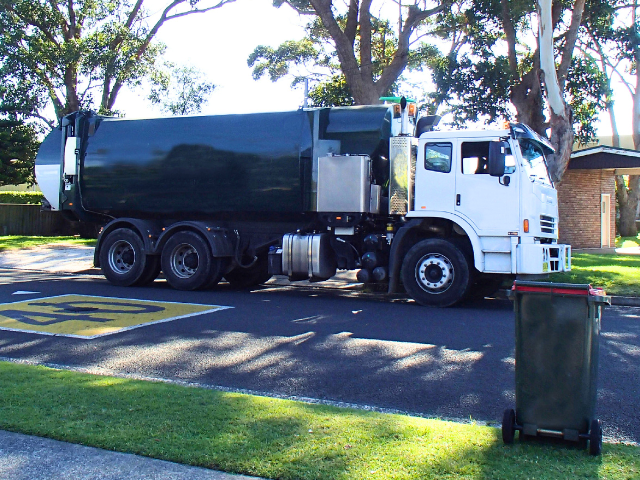
From Rebates to Road Safety: A Guide to Optimising Your Council Fleet
March 24, 2025
1 minute read
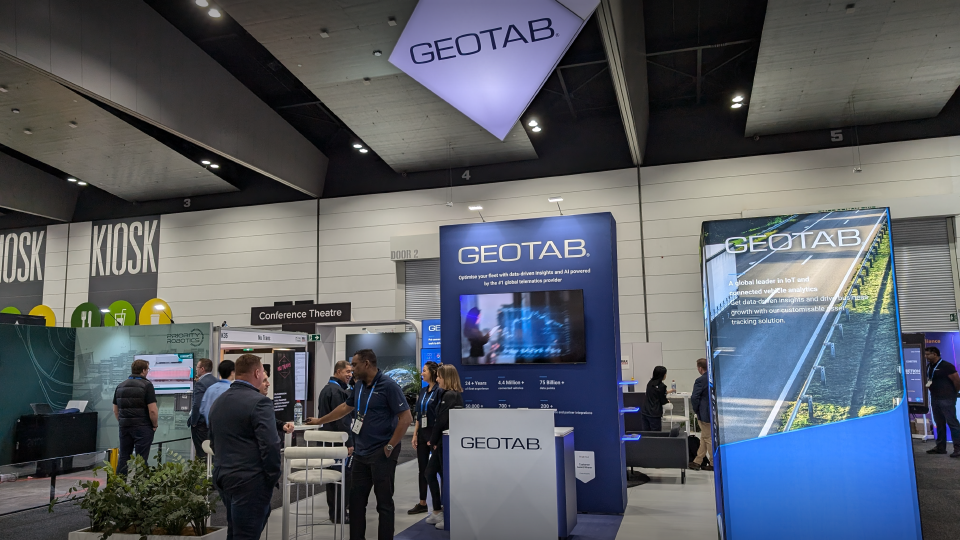
Geotab at MEGATRANS discusses Cost Savings and Automation
September 24, 2024
1 minute read

Geotab Australia’s leaders come together to talk trucks, taxes and technology in Brisbane
August 12, 2024
2 minute read
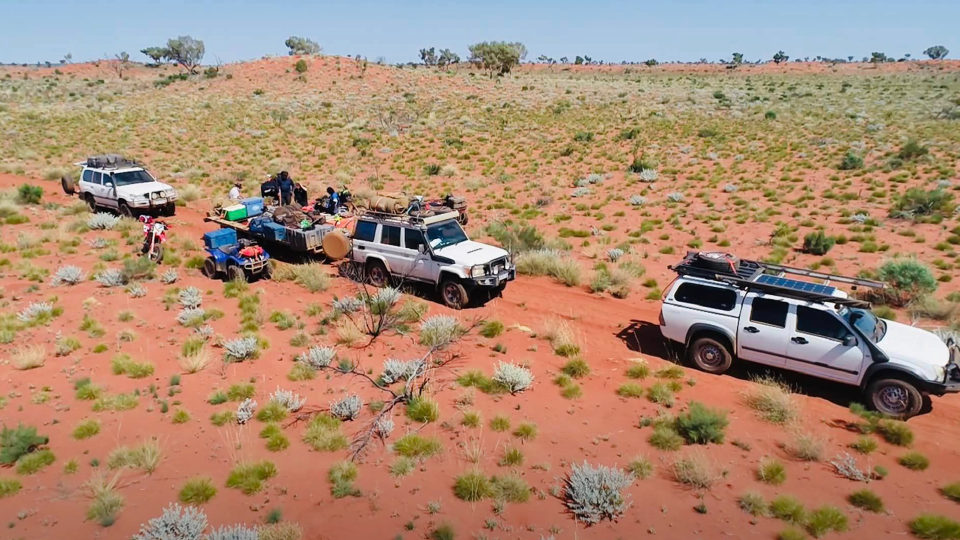
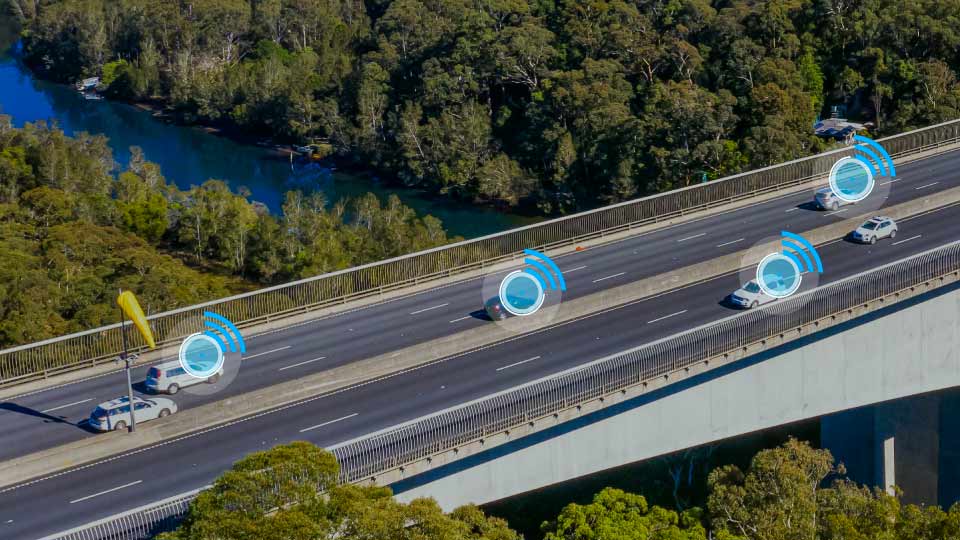
Navigating the Future: Five telematics trends taking 2024 by storm
January 18, 2024
3 minute read

Key takeaways for eMobility Live and National Roads & Traffic Expo 2023
November 21, 2023
2 minute read
